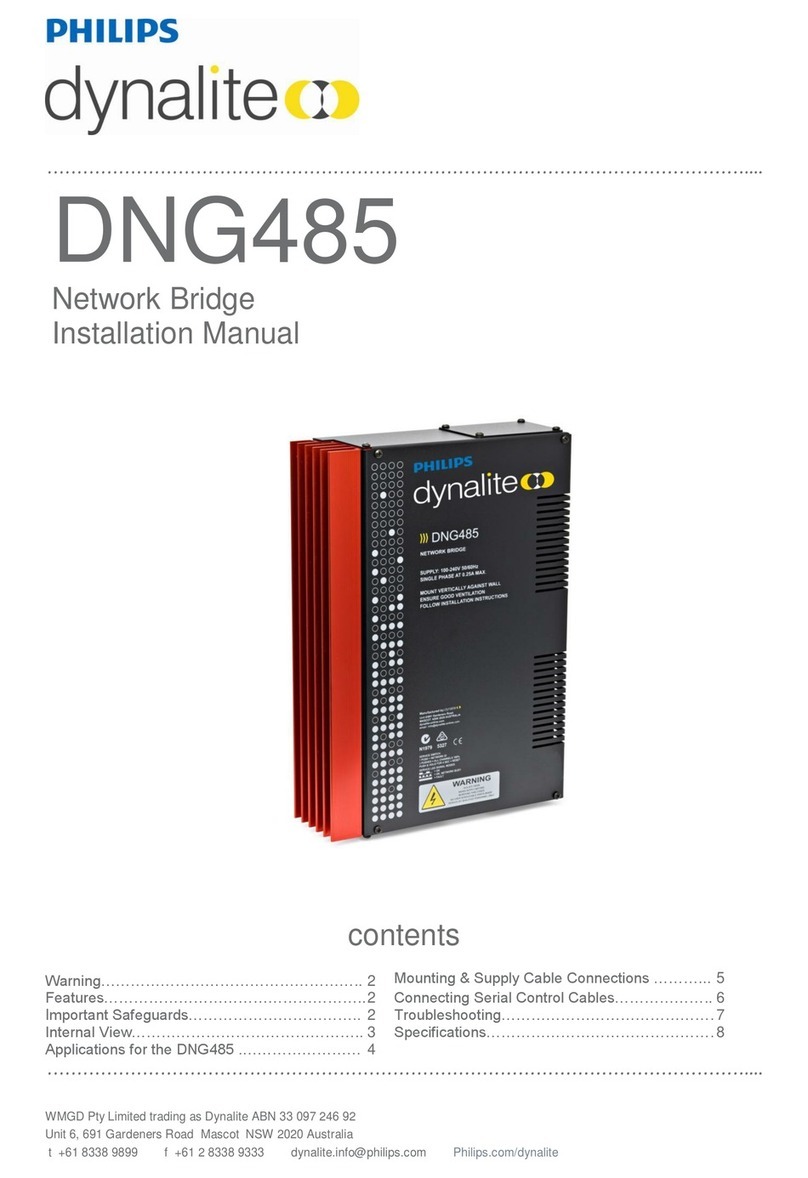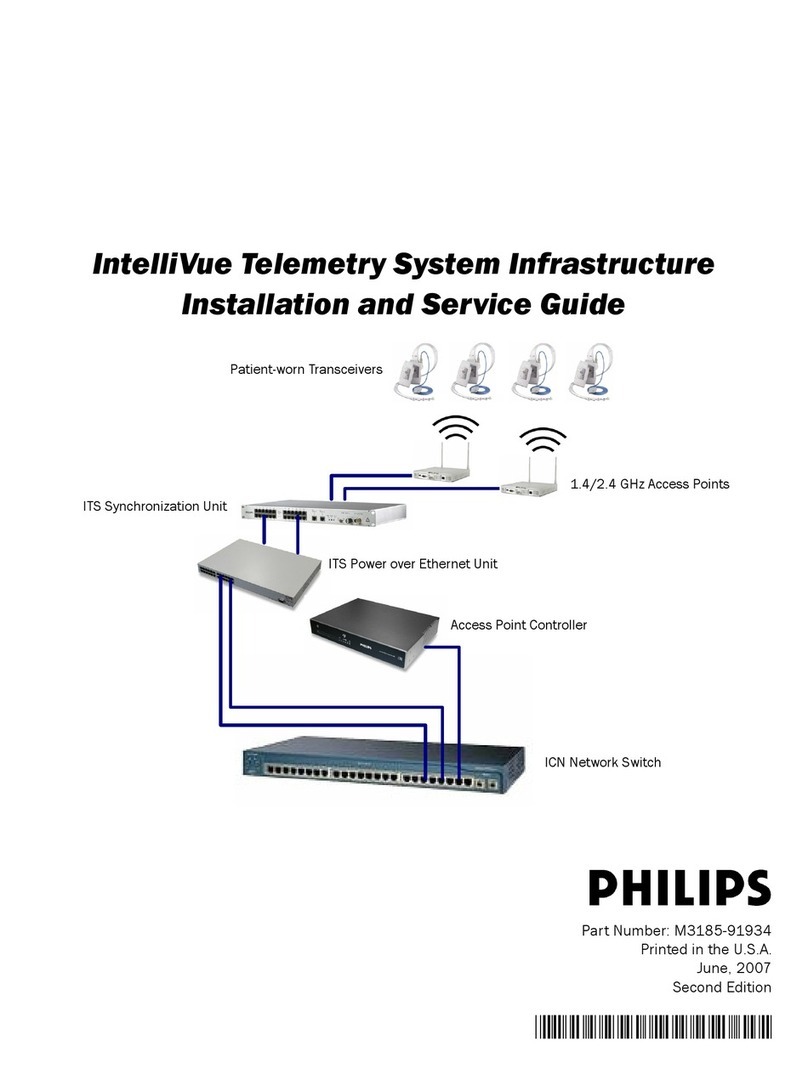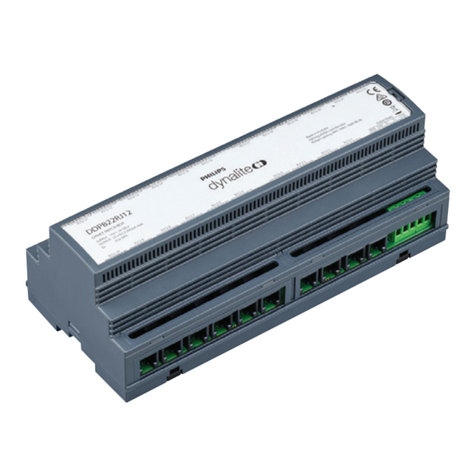Philips PM 6302 User manual
Other Philips Network Hardware manuals

Philips
Philips dynalite DNG485 User manual

Philips
Philips PREMIUM 10501 Operating and maintenance instructions

Philips
Philips IntelliVue Telemetry System Infrastructure Installation and maintenance instructions

Philips
Philips TDA9964 User manual

Philips
Philips Dynalite DDPB22RJ12 User manual

Philips
Philips Dynalite DDPB22RJ12 User manual

Philips
Philips TDA8783 User manual
Popular Network Hardware manuals by other brands

Cisco
Cisco CGR 1000 Series Getting connected guide

Matrix Switch Corporation
Matrix Switch Corporation MSC-HD161DEL product manual

National Instruments
National Instruments NI 653x user manual

B&B Electronics
B&B Electronics ZXT9-IO-222R2 product manual

Yudor
Yudor YDS-16 user manual

D-Link
D-Link ShareCenter DNS-320L datasheet





















